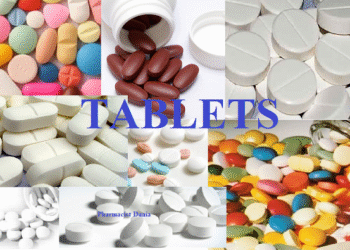Understanding the Limitations of Affinity Chromatography in Protein Purification
Affinity chromatography is a powerful technique used for protein purification, but it comes with some limitations that need to be taken into account during experimental design. These limitations include expensive ligands, leakage of ligands, degradation of solid support, limited lifespan, lack of specific adsorption, and low production. Despite these limitations, affinity chromatography remains an essential tool for protein purification in many research areas. By understanding its strengths and weaknesses, researchers can use this technique to effectively purify proteins while minimizing potential issues.
Learn about the limitations of affinity chromatography, including expensive ligands, ligand leakage, and limited lifetime of the solid support. Despite these limitations, affinity chromatography remains a powerful tool for protein purification in many research areas.
Some of the limitations of affinity chromatography include:
1. Expensive ligands:
Affinity chromatography typically relies on specific ligands that are expensive to produce and can add significantly to the cost of experiments. This can be a limiting factor for researchers with limited budgets.
2. Leakage of ligands:
During purification, some of the ligand molecules may detach from the solid support and contaminate the purified protein. This can be a serious problem, particularly if the ligand is toxic or can interfere with downstream applications.
3. Degeneration of solid support:
Over time, the solid support used in affinity chromatography can degrade, reducing its binding capacity and potentially leading to contamination of the purified protein.
4. Limited lifetime:
The lifespan of the solid support used in affinity chromatography is limited, and eventually, it will need to be replaced. This can be a time-consuming and expensive process, particularly if the support is custom-made or difficult to obtain.
5. No specific adsorption:
Affinity chromatography relies on specific interactions between the ligand and the target protein. If the protein of interest does not bind well to the ligand, purification may be inefficient or ineffective.
6. Relatively low production:
Affinity chromatography is generally not well-suited for large-scale protein purification, as the process can be slow and the yield relatively low compared to other methods such as ion exchange chromatography or size exclusion chromatography.
While affinity chromatography does have some limitations, it remains an essential tool for protein purification in many research areas. By carefully considering the strengths and limitations of this technique, researchers can design experiments that effectively leverage its advantages while minimizing potential issues.









